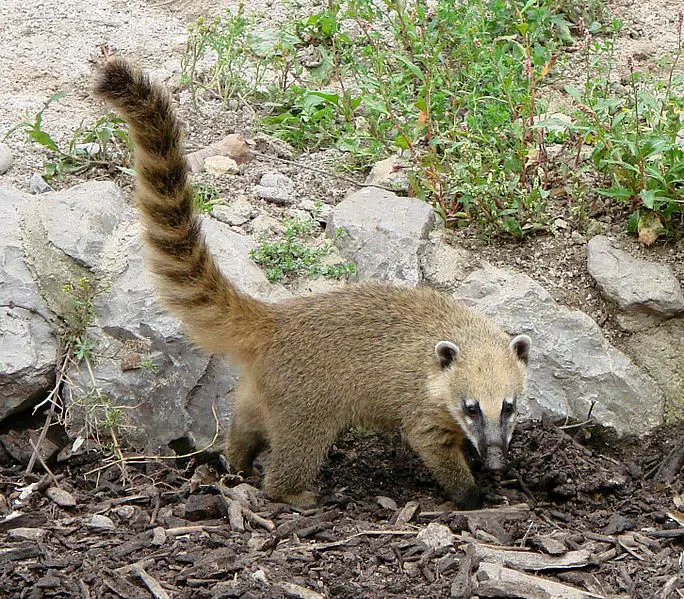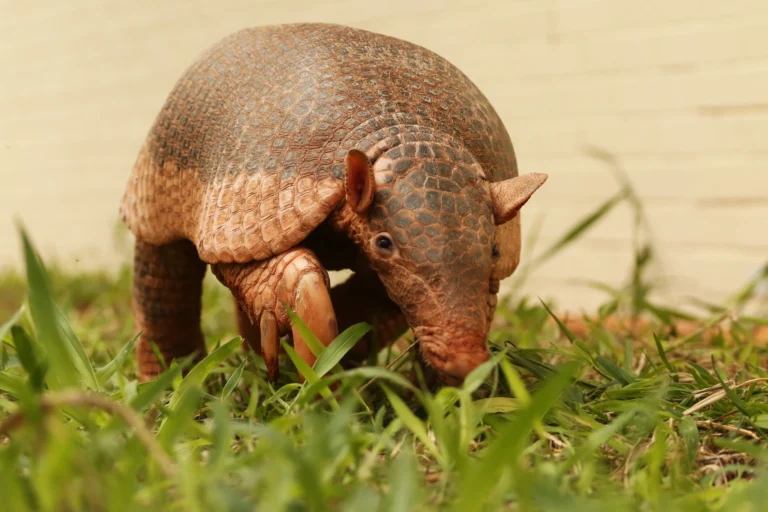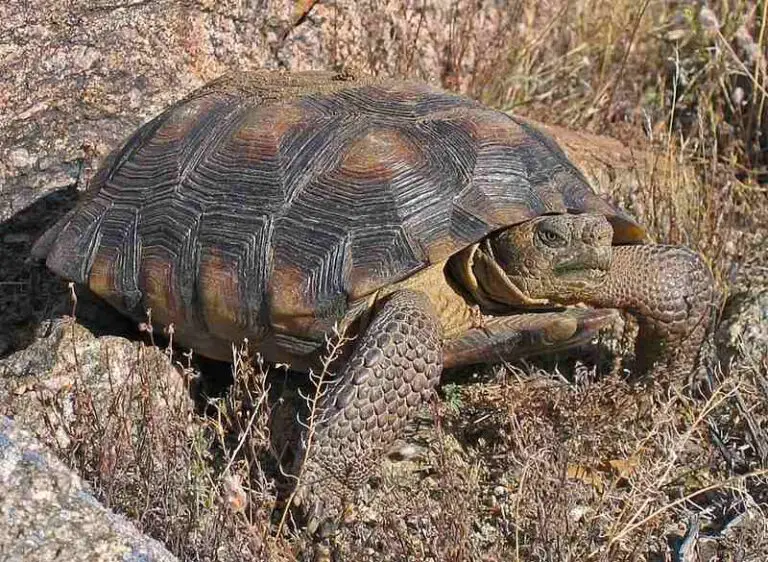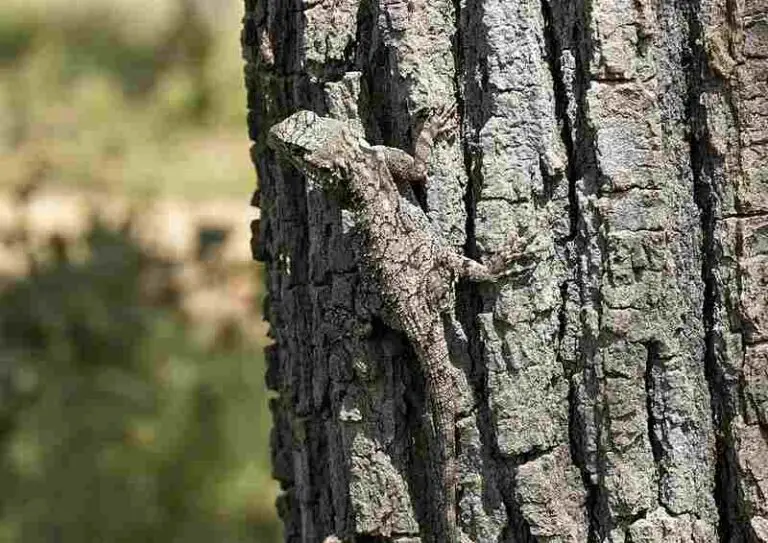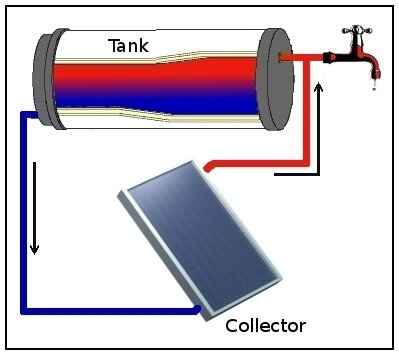5 Biotic Factors in the Desert and Their Characteristics Discussed
Biotic factors in the desert are; producers, herbivores, carnivores, omnivores, detrivores and decomposers (where the last two are addressed as a singular factor).
Biological processes like reproduction, respiration and biodegradation are among the biotic factors in desert ecosystems, although there are varying opinions on their status within the abiotic-biotic scheme of classification.
This article discusses biotic factors in the desert ecosystem, and their characteristics, as follows;
1). Desert Producers (as one of the Biotic Factors in the Desert)
Desert producers, also known as desert autotrophs, are organisms in arid regions that are able to manufacture their own food, from inorganic resourced like solar energy, water and carbon dioxide [2].
The desert producers play a crucial role toward the ecologic sustainability of their environment. By manufacturing food, they are responsible for introducing biomass and bioenergy into the ecosystem.
All other desert organisms that lack autotrophic capabilities (that is; the heterotrophs), depend directly or indirectly on producers for food and nutrition.
In desert food chains and energy pyramids, producers usually occupy the basal level (trophic level 1), which is a crucial introductory level for all resources that are recycled in deserts among living organisms.
Desert producers are unique in terms of their adaptation, which is highly-specialized to enable them survive the harsh, arid conditions of the desert.
Some adaptive characteristics of producers in the desert include reduced leaf-size, relatively-low transpiration rate, deep roots, thick outer layer, and self-defensive features like spines [3].
Examples of desert producers are; succulent plants like yuccas, agaves and cacti; shrubs like mesquite and creosote bush; angiosperms (flowering plants) like primrose; some species of mosses; grasses like buffalo grass; perennials like desert lavender; as well as microbial, photosynthetic organisms like lichens and algae.
Below is a concise list showing 10 examples of desert producers;
1. Yucca
2. Agave
3. Cactus
4. Mesquite
5. Creosote bush
6. Primrose
7. Buffalo grass
8. Moss
9. Lichen
10. Alga
It must be noted that there is significant disparity in the specific producers that may be found in different arid regions. Factors that determine the survivability of a given producer include desert climatic conditions, species richness and regional population-size of herbivores; among others.
Adaptations like thick stems enable terrestrial plants in the desert to achieve efficient, internal-water conservation with low moisture-loss rate.
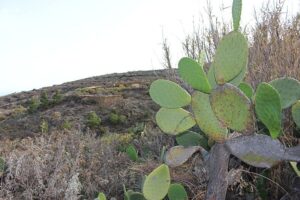
2). Herbivorous Desert Consumers
Herbivorous consumers in the desert are heterotrophic organisms that obtain nutrients and energy from desert plants, which constitute their main food source.
Plant matter consumed by desert herbivores includes; fruits, seeds, leaves and stems. These organisms are adapted to the low-humidity and water-scarcity of their arid environment, as well as to the sparse vegetation on which they survive.
In all kinds of ecosystems including aquatic environments and terrestrial biomes like forests and grasslands, herbivores play a crucial role as primary consumers, by forming the bridge between primary producers and non-herbivorous consumers.
This is because they (after having derived nutrients from plants) serve as a source of food and nutrients to other organisms that are not adapted to feed on vegetation.
Examples of herbivores that live in desert areas are; desert iguanas, kangaroo rat, cottontail rabbit, desert tortoise, grasshoppers and beetles.
They range from mammalian and reptilian to insect categories, and may differ in their geographic range and specific dietary choices.
Desert herbivores like rodents have adaptations that enable them elude predators; such as fur-camouflage, swift locomotion, and burrowing behavior.
The robustness of herbivore population (as well as biodiversity) in deserts is low compared to other ecosystems with more resources, like the densely-vegetated rainforests.
3). Carnivorous Desert Consumers (as one of the Biotic Factors in the Desert)
Desert carnivores are heterotrophic consumers whose diet consists primarily of other desert consumers (especially the herbivores).
They constitute an important biotic factor by playing key roles that ensure the sustainability of the ecosystem.
Carnivores in the desert are important because they contribute to the maintenance of biodiversity and ecologic equilibrium.
Through their feeding activities, desert carnivores regulate the size of herbivore populations in such a manner that prevents resource depletion by overgrazing and other metabolic activities. This in turn protects desert plants from being exterminated, so that their species are able to survive over multiple generations in spite of the harsh environmental conditions.
Carnivorous feeding also facilitates energy transfer across the trophic levels of the desert food chain, as carnivores assimilate stored-energy from the cells and tissues of herbivores which they consume. This function contributes to nutrient-cycling in the ecosystem.
Examples of carnivores in the desert are; mammals like Fennec fox; raptors like hawk, reptiles like rattlesnake, and arachnids like scorpion. Their diet spans across insect, reptilian and small-mammalian categories.
4). Omnivorous Desert Consumers
Omnivores in the desert are organisms that can consume both plant and animal matter.
This group is versatile and adaptive, and are at a nutritional advantage, especially given the limited supply of food resources in their habitat.
Their broad range of food sources implies that omnivores significantly affect how energy is transferred across trophic levels.
In the process of their biological activities, desert omnivores help disperse seeds and other propagative parts of vegetation which they consume. This enables the plants to regenerate and remain regionally existent.
Omnivores also contribute to overall nutrient cycling.
An example of desert omnivores is coatimundis; a mammalian relative of the racoon; which feeds on eggs, birds, reptiles (like snakes and lizards), insects, small mammals, and plant materials like seeds and fruits [1].
Some desert animals that are typically herbivorous or carnivorous, may sometimes display omnivorous feeding habits. An example is the kangaroo rat, which occasionally feeds on insects. This tendency is driven by the lack of surplus food supply.

5). Desert Detrivores and Decomposers (as one of the Biotic Factors in the Desert)
Detrivores and decomposers in the forest are organisms that break down organic matter in the process of their feeding.
These organisms usually feed on organic matter like waste and remains of other organisms. Their enzymatic secretions break down such materials, enabling them extract the needed nutrients while the remainder returns to the environment (from which it is subsequently picked up and reused by plants).
It is important to note that the prominence of decomposers and detrivores in deserts is much lower than in other ecosystems that have more water and organic biomass. Yet, these organisms are fairly abundant in arid soils, due to their resilience and strong adaptive-tendencies.
Examples of decomposers in the desert are microbes like fungi and bacteria; while mites and millipedes are examples of desert detrivores.
Conclusion
Biotic factors in the desert are;
1. Desert Producers
2. Herbivorous Desert Consumers
3. Carnivorous Desert Consumers
4. Omnivorous Desert Consumers
5. Desert Detrivores and Decomposers
References
1). Alves-Costa, C.; da Fonseca, G. A. B.; Christofaro, C. (2004). "Variation in the diet of the brown nosed coati (Nasua nasua) in Southeastern Brazil." Journal of Mammalogy 85(3):478-482. Available at: https://doi.org/10.1644/1545-1542(2004)085<0478:VITDOT>2.0.CO;2. (Accessed 22 May 2023).
2). Gibson, A. C.; Rundel, P. W. (2011). "Ecophysiology of photosynthesis in desert ecosystems." Terrestrial Photosynthesis in a Changing Environment (pp.435-447). Available at: https://doi.org/10.1017/CBO9781139051477.034. (Accessed 22 May 2023).
3). Mohanta, T. K.; Mohanta, Y. K.; Kaushik, P.; Kumar, J. (2023). "Physiology, genomics, and evolutionary aspects of desert plants." J Adv Res. 2023 May 7:S2090-1232(23)00125-X. Available at: https://doi.org/10.1016/j.jare.2023.04.019. (Accessed 22 May 2023).
